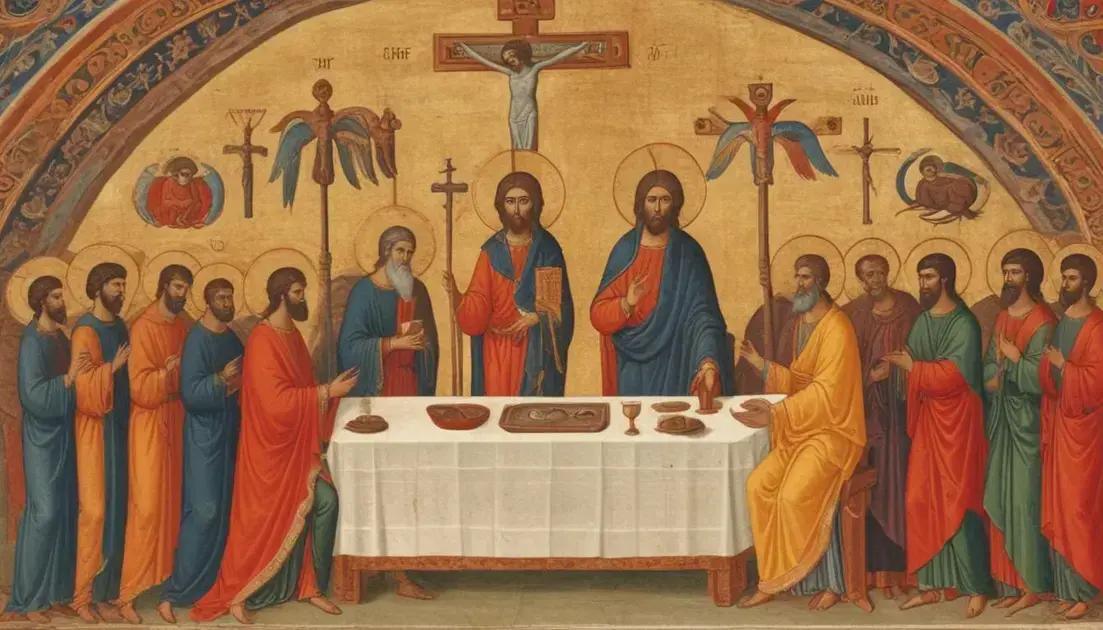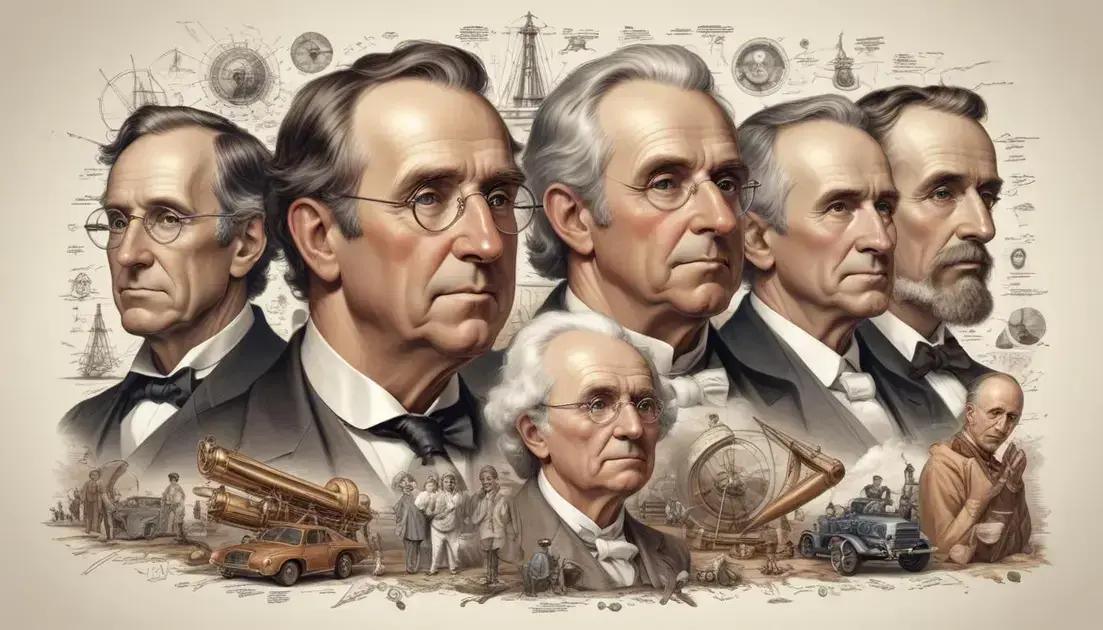
Christian Division: The Beginning of the East-West Schism
The East-West schism in Christianity resulted from cultural, theological, and political differences. Conflicts over language, beliefs about God and salvation, and political power influenced the separation. The Western Church, led by the Pope, focused on established authority and a structured faith. In contrast, the Eastern Church emphasized community, mysticism, and diverse traditions. This divide significantly shaped the development of Christianity, leading to distinct expressions of faith and worship in both traditions, which continue to enrich Christian beliefs today.
Christianity has undergone profound shifts that ultimately contributed to the East-West schism. Have you ever wondered how cultural and theological disputes shaped the faith we know today? Let’s explore this fascinating journey!
Cultural conflicts leading to division
Cultural conflicts played a big role in the division of Christianity. Different traditions and customs often led to misunderstandings between groups. For example, the Western Church in Rome had its own ways and beliefs, while the Eastern Church in Constantinople had different practices. These differences created tension.
Traditions and Beliefs
In the Western Church, Latin was the main language. It shaped how people understood their faith. Meanwhile, the Eastern Church used Greek, which influenced their teachings and rituals. This language gap broke down communication and created barriers.
Political Influence
Politics also fueled these cultural conflicts. Leaders often used religion to gain power. For instance, the popes in the West and the patriarchs in the East had different loyalties. These political games made it hard for them to work together.
The Role of Culture
Cultural differences were not limited to language and politics. Art, music, and even food played a part in shaping each church’s identity. While the West celebrated with certain feast days, the East had its own unique traditions. This diversity added richness but also confusion.
As misunderstandings grew, so did the divide. Each side began to see themselves as separate from the other. The result was a larger gap between Eastern and Western Christianity, moving them further apart from each other.
Theological differences
Theological differences were a key factor in the split between Eastern and Western Christianity. These differences shaped beliefs and practices in each tradition. One major difference was how each side viewed the nature of God.
Understanding God
In the West, God is often seen as both a loving father and a powerful ruler. This view emphasizes authority and order. In the East, God is viewed more as a mystery. This belief teaches that God’s nature is beyond human understanding.
Views on Salvation
Another important difference is in how salvation is viewed. The Western Church focuses on faith and grace as the main paths to salvation. In contrast, the Eastern Church emphasizes the importance of living a good life and participating in community.
The Role of the Holy Spirit
The Holy Spirit’s role is also seen differently. The West believes the Holy Spirit proceeds from both the Father and the Son. The Eastern Church believes the Holy Spirit comes only from the Father. This difference in belief shows how each side interprets scripture.
These theological differences created a gap that grew over time. Each side developed its own unique practices and teachings. As a result, believers began to see their traditions as distinct from one another.
Political influences
Political influences played a major role in the divide between Eastern and Western Christianity. Leaders often used religion to gain power and control. This created tension between the two sides.
The Role of the Pope
In the West, the pope held great authority. He influenced kings and rulers, leading to strong ties between the church and the state. The pope’s rulings shaped many laws and customs.
Eastern Patriarchs
In the East, patriarchs led the churches. They had significant influence but not as much political power as the pope. This difference affected how decisions were made in religious matters.
Wars and Conflicts
Various wars and conflicts also fueled the divide. The Crusades, for instance, were originally aimed at reclaiming sacred land. They often deepened the split between East and West.
Political leaders sometimes saw these conflicts as opportunities to strengthen their power. Using religion, they could rally support from their followers. This use of faith for political gain pushed the two sides even further apart.
As politics intertwined with religion, the divide widened. Each church began to see the other not just as a rival, but as a threat.
Impact on the development of Christianity
The impact on the development of Christianity was significant due to the East-West divide. This split led to different teachings and practices. Each side grew in unique ways.
Diverse Traditions
As Eastern and Western Christianity developed separately, their traditions became richer. The West focused on structured theology, while the East embraced mysticism. This created a diverse landscape of beliefs.
Art and Culture
Art evolved differently in each tradition. Western art often depicted biblical stories with realism. In contrast, Eastern art used icons to express spiritual truths. This difference showed how each side understood faith.
Societal Influence
The divide influenced societies as well. In the West, churches often aligned with political power, affecting governance. Meanwhile, Eastern churches emphasized community and spirituality, shaping how people lived their faith.
These differences ended up creating unique identities for each tradition. As a result, believers found various ways to express their faith, enriching Christianity as a whole.
Conclusion
In conclusion, the East-West divide significantly shaped the development of Christianity. The cultural, theological, and political differences created distinct paths for each tradition. These differences enriched Christianity and led to unique ways of worship and belief.
Today, both Eastern and Western Christianity offer valuable insights into faith and spirituality. They showcase the beauty of diversity within one belief system. Understanding this history helps us appreciate the various expressions of faith around the world. Ultimately, embracing these differences can lead to a deeper understanding of Christianity as a whole.


